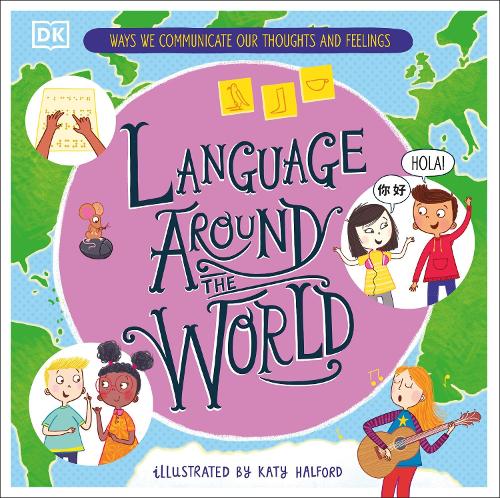
Language Around the World: Ways we Communicate our Thoughts and Feelings
(Hardback)
Publishing Details
Language Around the World: Ways we Communicate our Thoughts and Feelings
By (Author) Gill Budgell
Illustrated by Katy Halford
Dorling Kindersley Ltd
DK Children
8th August 2023
3rd August 2023
United Kingdom
Classifications
Children
Non Fiction
Language: reference and general
400
Physical Properties
Hardback
48
Width 246mm, Height 246mm, Spine 10mm
483g
Description
Introduce young readers to the most interesting aspects of languages, how they evolve and change over time.
Humans' use of language is one of our distinguishing features. Language allows us to communicate what we think, what we want, what we feel and what we have learnt. Some 100,000 years ago, humans began speaking. Since then, we have developed nearly 7000 languages. Languages are living things; they evolve and change over time. They even travel! People carry their language with them and spread it. Large language families even have their own family trees, such as Spanish, French, English. Different languages can be mixed and combined to create new languages with similar words, pronunciation and grammar rules. Languages can even become extinct if they are not shared and learnt by each new generation. Spoken languages are not the only way we communicate. Sign language, braille, symbols, music, art, computer codes - humans have invented numerous ways of communicating. Sharing feelings, thoughts and ideas through the power of language is an essential part of being human.
